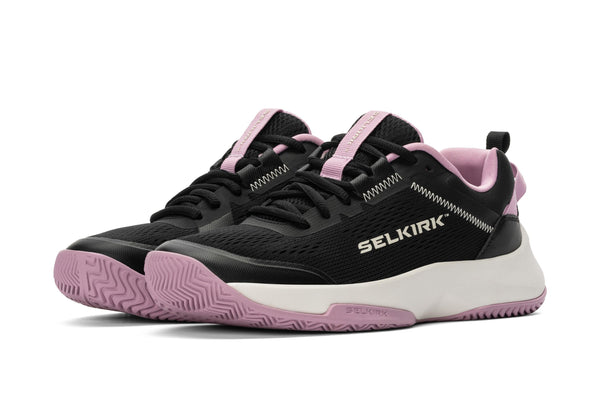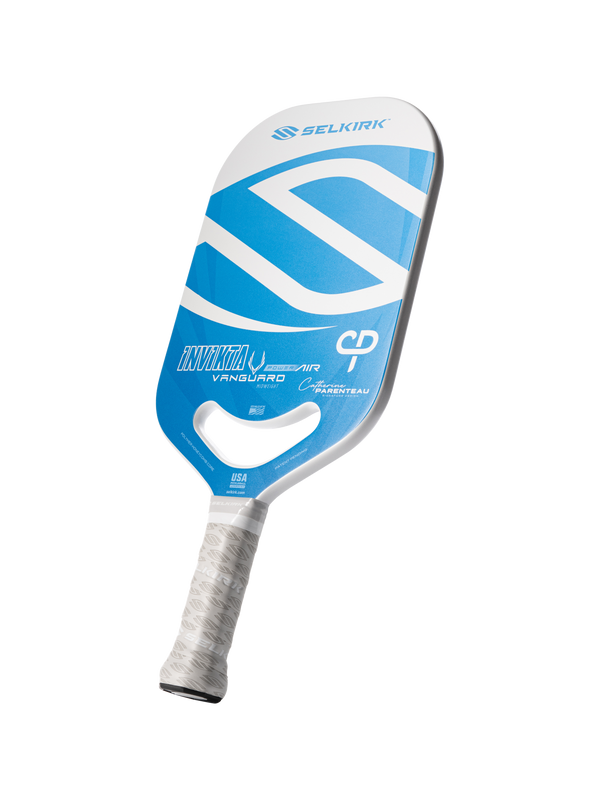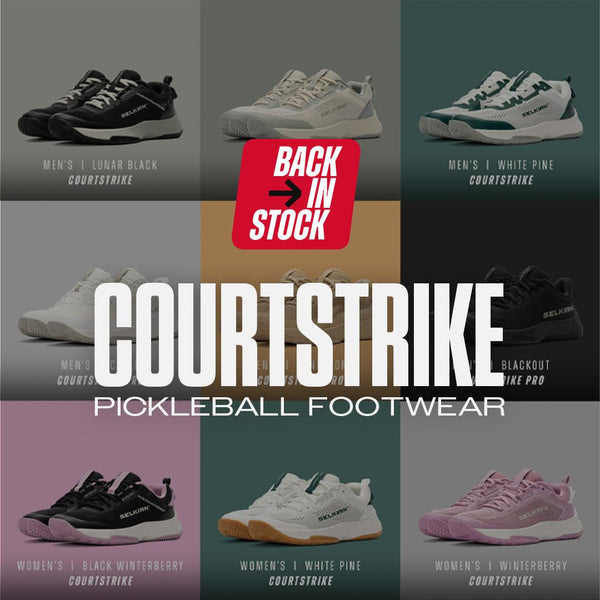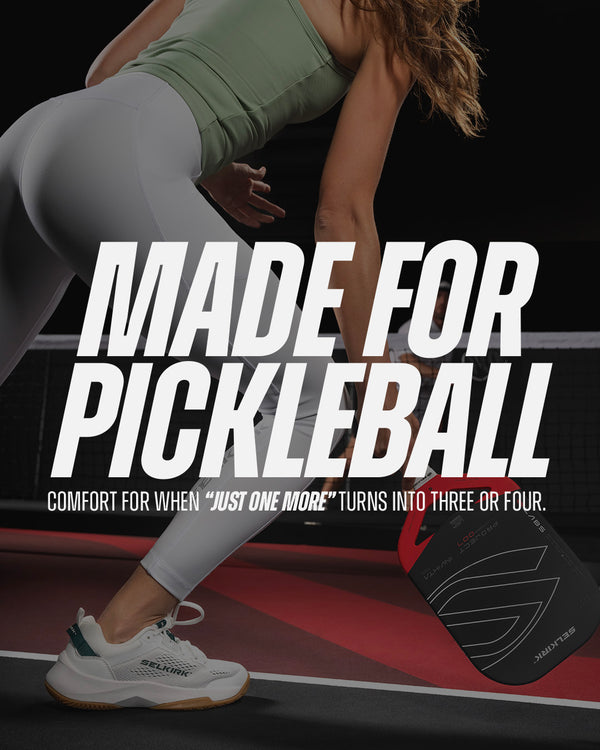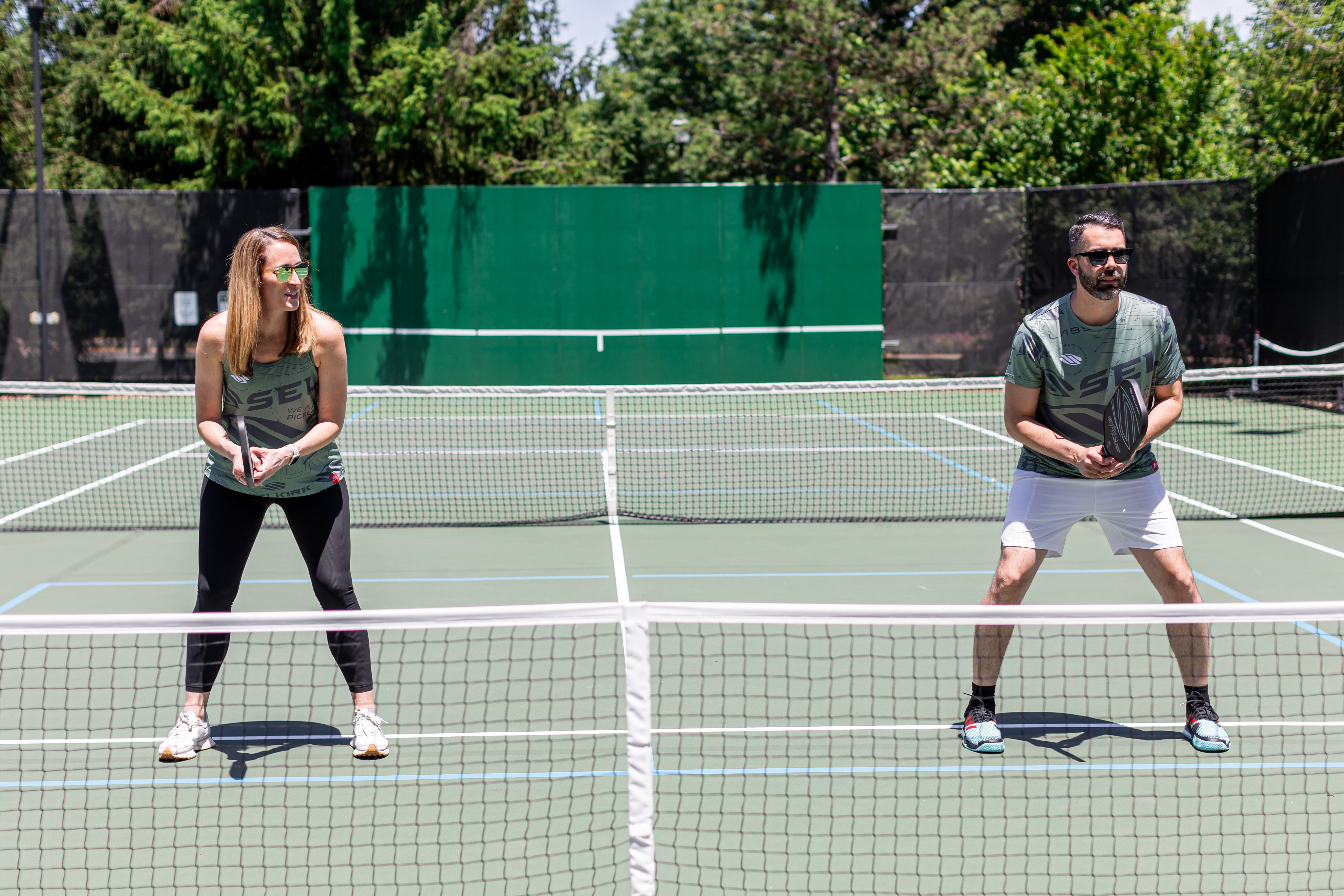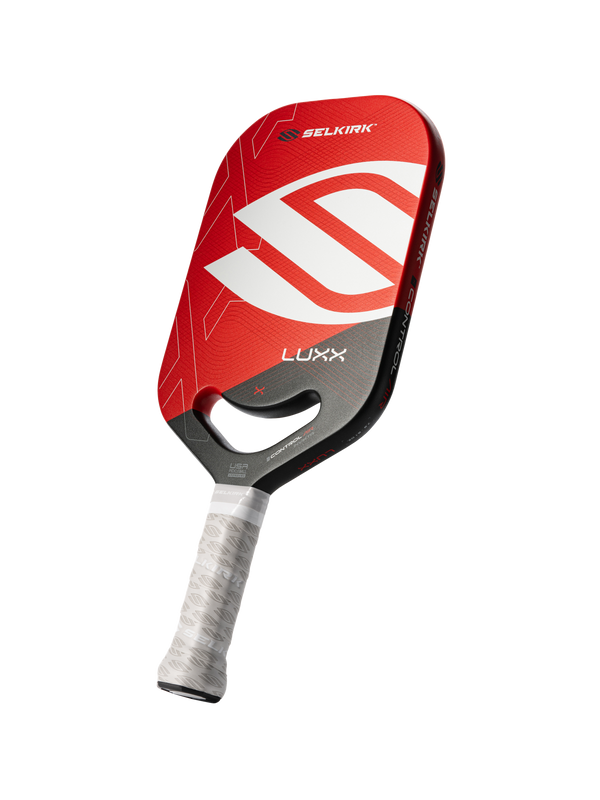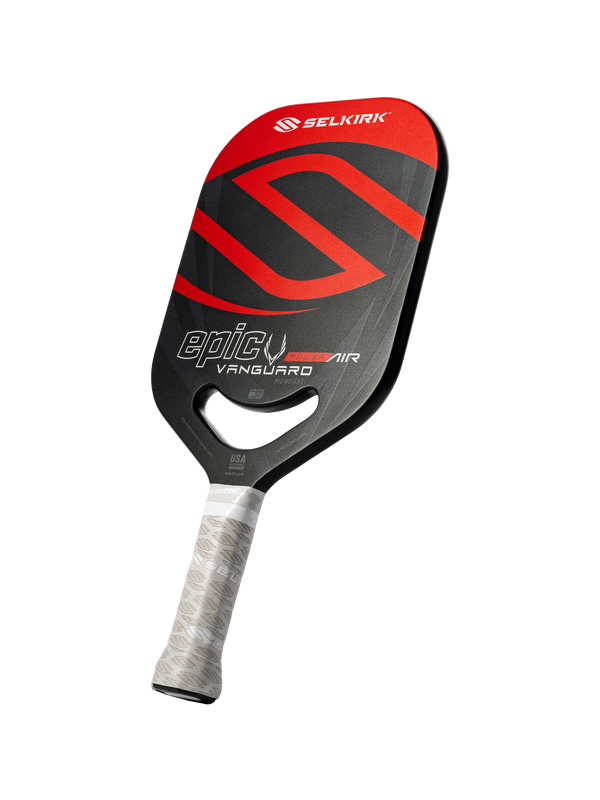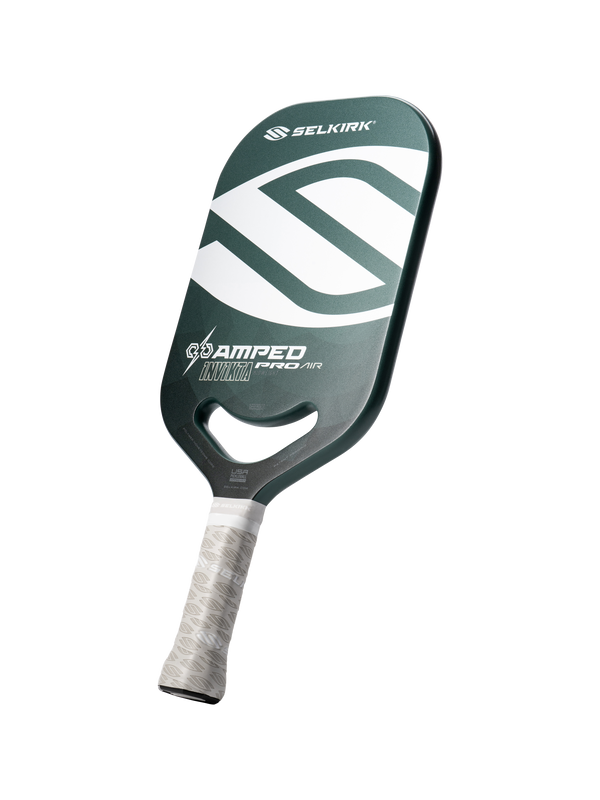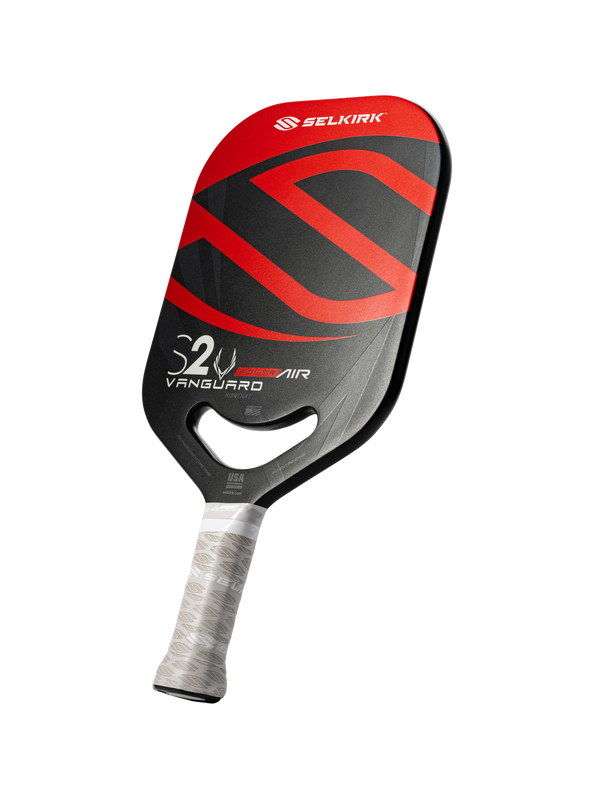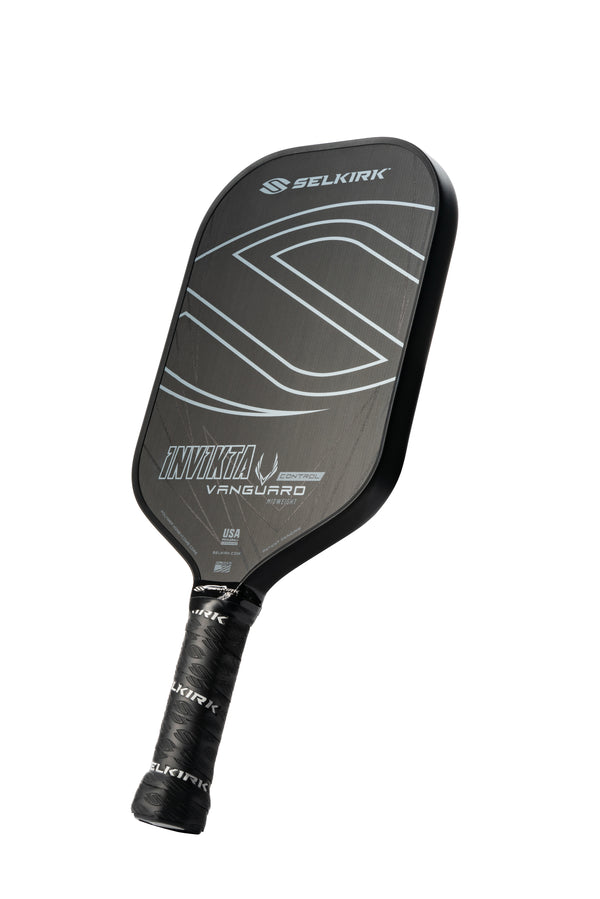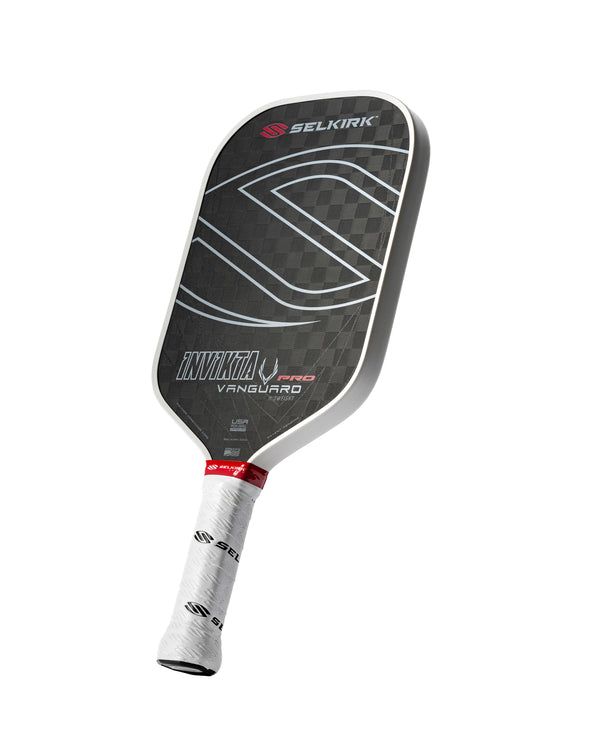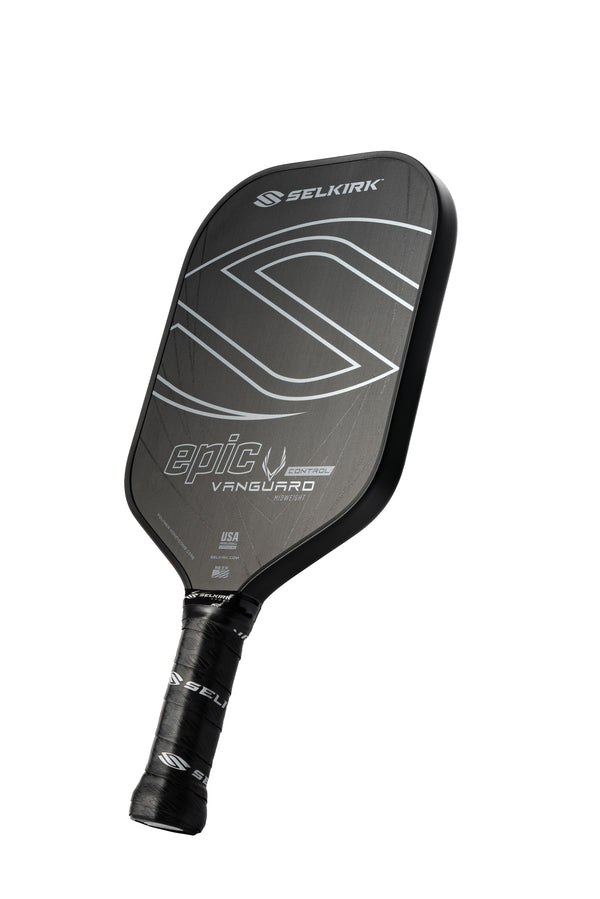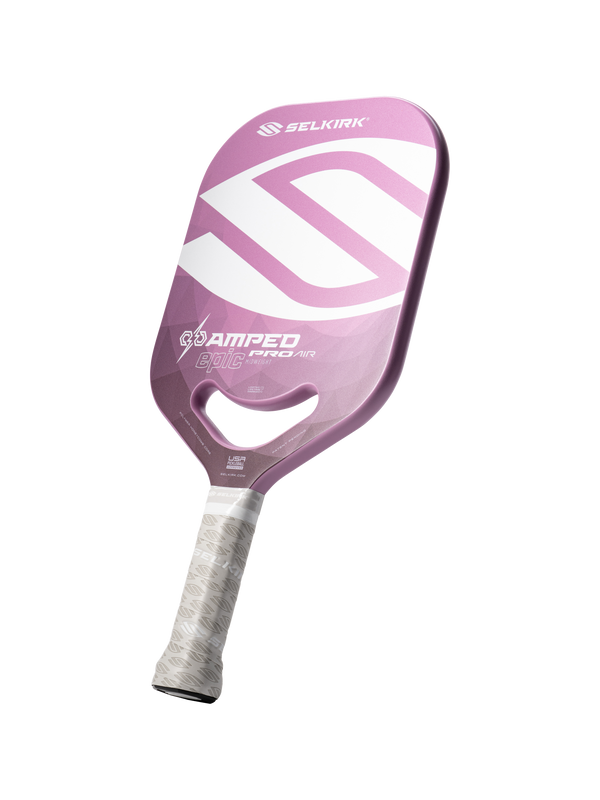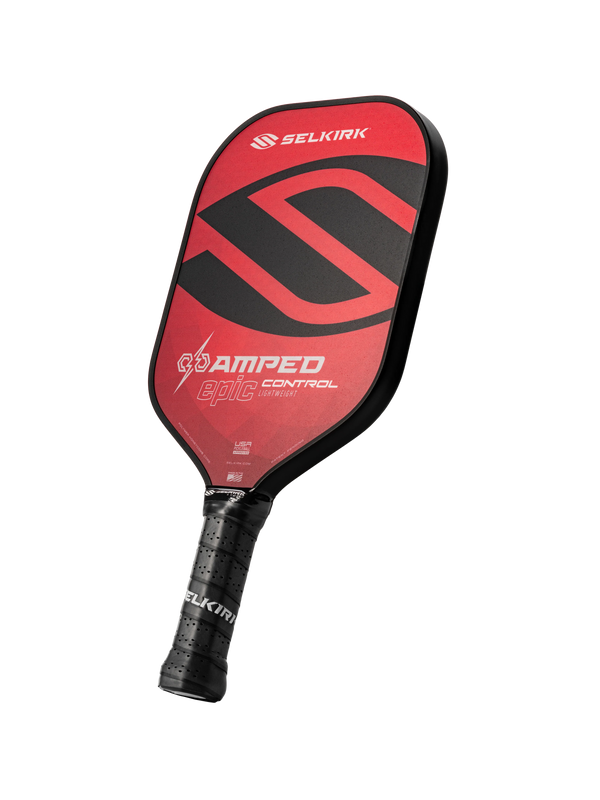Pickleball open play is one of the best ways to meet new players, improve your game, and stay active in the community.
But if you've ever felt stuck in a game that wasn’t quite your speed, or weren’t sure if it was OK to stick with your group, you’re not alone.
Here's a breakdown of what open play really means, how it works, and how to make the most of your time on the court while respecting everyone else’s.
What is open play, and why does it matter?
Open play is a designated time when players show up and rotate into games, typically without pre-set partners or teams. It’s built on the principle of inclusivity and accessibility.
Whether you're new to the sport or a seasoned player, open play is meant to foster community, encourage variety, and keep games moving.
In short, it’s less about winning and more about improving your game and, hopefully, making new friends.
How does open play work? Not all formats are the same
There’s no one-size-fits-all when it comes to open play. The format depends on the location and who’s organizing the play.
Paddle rack system (common at public parks)
At many parks and recreation facilities, a paddle rack is used to manage the queue. When a court opens up, the next four paddles lined up in a rack go on.
These setups are usually more flexible, allowing friends to stick together if they choose. But it’s still good etiquette to mix in and invite others into your game periodically, especially when courts are full.
Structured open play by skill level (common at clubs)
Clubs often organize open play by playing level (e.g., 3.0, 3.5, 4.0), and games may follow the "winners stay and split" format, where the winners remain on the court but split up to form new teams.
This method ensures a continuous rotation and keeps games more balanced. In this format, sticking with the same group goes against the spirit of open play and often, the stated rules.
Timed ladder play (common at clubs)
In some cases, open play sessions use a timed ladder system. For this system, club organizers mark of a set number of courts to be used for ladder play.
The courts are tiered, with one end representing the lowest level of play and the opposite end representing the highest level of play.
To begin, players are often asked to step onto a court that is close to their play level. Teams then face off for a set time limit, and rather than playing to 11, they play until the timer runs out. Whichever team has the highest amount of points at the end of the time wins.
The two winners advance to the next highest court, while the two losers move to the next lowest court. Again, the teams will split up and select a new partner on their new court.
This style of open play format matches players with others of similar results as the session progresses.
Always check the rules posted or ask a regular if you’re unsure of the system.
What to do if there's no line but you're still on the court?
If you’ve finished a game and there’s no one waiting to play, it’s OK to keep going — no need to rotate just for the sake of it.
But once other players arrive and begin placing paddles in the queue or forming a line, be courteous. Wrap up your game and rotate off after the next one finishes.
Open play is a shared space, and lingering too long can create tension.
What to say when others aren’t respecting open play rules?
It can be uncomfortable to correct fellow players, but it’s OK to politely remind others of the open play guidelines, especially if those rules are posted. Try phrases like:
-
“Hey, just a heads-up — this court is rotating every game.”
-
“It looks like we’re doing winners split today. Mind if we mix it up?”
-
“There are a few people waiting, let’s make sure everyone’s getting rotated in.”
Keep it friendly. Most people want to do the right thing, but may simply be unaware of the format.
How to make the most of your open play session
When you choose to participate in an open play session — especially one with clear rules — you’re agreeing to follow the format.
That means rotating partners, playing with different skill levels, and embracing a community-first mindset. You can’t rewrite the rules just because they don’t match your preferences.
Here’s how to get the most from your time:
-
Use it as a learning opportunity. Playing with a variety of partners can help you adapt, communicate better, and learn different play styles.
-
Be open to feedback and support others. New players might look up to you. Helping someone improve doesn’t hurt your game — it strengthens the community.
-
Arrive early and stay flexible. Getting there early may give you more choice in who you start with, but staying flexible ensures a smoother experience for everyone.
-
Play hard, have fun, and keep it light. Open play isn’t a tournament. It’s about connection and improvement.
Bottom line: Open play is about inclusion and community
So, do you have to play with everyone? Technically, yes.
If you’re participating in an open play session with structured rules, you're expected to mix in and rotate fairly. If you want to stick with your group or control who you play with, consider reserving a court outside of open play hours.
However, if someone is making you feel uncomfortable, you always reserve the right to decline a game.
Embrace the variety, meet new players, and remember: open play is what helps the pickleball community grow.



